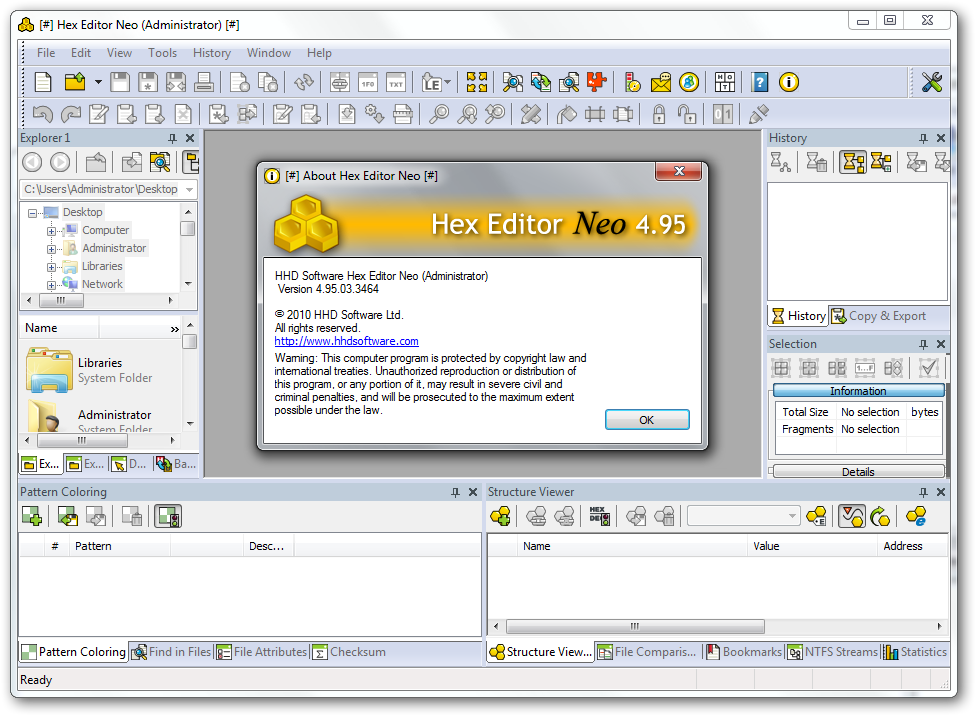How to Flash & Upgrade 3D Printer Firmware Simple Guide
Firmware is software integrated into a specific piece of hardware. The firmware doesn’t need APIs, device drivers, or operating systems to operate.

Once you launch ABM and click Build, your compiled binary will be located in the /.pio/build/%pio_environment_name%/ folder. With our prerequisites done, we’ll grab the latest release of Marlin firmware. Either clone the source code from their official Github page, or download the compressed ZIP archive below.
- Tiny Machines 3D is a Houston, TX based company aiming to provide great working 3D printers, upgrades and filament to new and old printing enthusiasts.
- Basic input/output system (BIOS) firmware is installed during production, providing the computer with instructions on performing basic tasks such as keyboard control and booting.
- At the time of writing, there are several board versions that are compatible with this printer.
- Klipper takes advantage of Raspberry Pi’s processor to calculate the stepper motor movements in advance and with a precision of 25 microseconds.
Usually, you can check it easily if you have downloaded the right firmware. For that, you need to check the model number of the hardware you are updating and the model number corresponding to that firmware; they must be the same.
- On some machines you will need to unplug and plug back in the USB cable to make the PC understand that we switched from regular mode to bootloader mode.
- If your computer doesn’t recognise the USB to serial port hardware (this is a single chip on the mainboard) you’ll need to know which driver to install.
- There are various ways by which https://digisvp.upol.cz/2023/05/04/unlock-the-full-potential-of-your-sm-n910f/ you can achieve this, but connecting via USB cable is definitely the most straightforward and easy.
- First created in 2011 for RepRap and Ultimaker by Erik van der Zalm et.
However, flash ROM, a flash memory form that allows users to remove and overwrite data, is frequently used to store firmware. Firmware hacks usually take advantage of the firmware update facility on many devices to install or run themselves.
